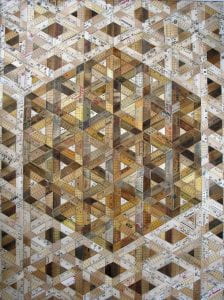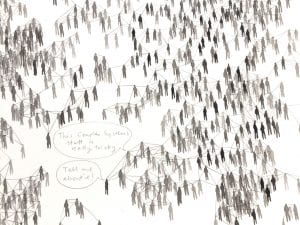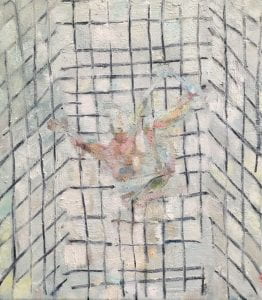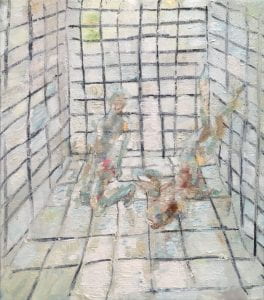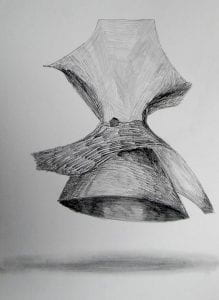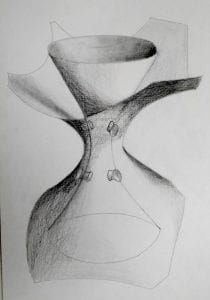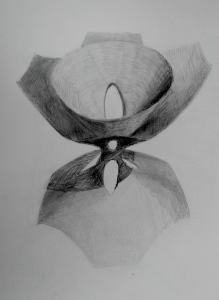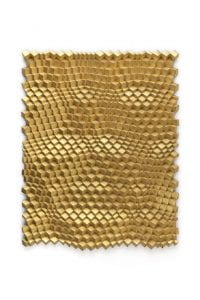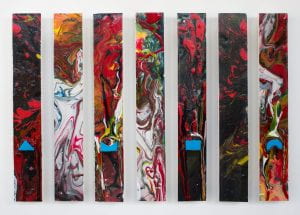A collaborative artwork by Daksha Patel and Dr Silke Henkes. The piece involved construction of an interactive active matter system, consisting of moving chalks driven by a circular vibrating blackboard. The traces left by the chalk leave a visual imprint of their journey across the surface.
Below is a picture of the initial working prototype produced by the School of Engineering fabrication department:
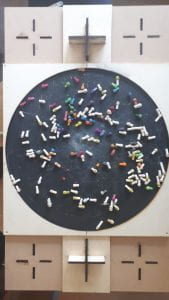
‘Active matter’ systems classify materials where the individual elements can move on their own. The most famous examples are flocks of birds and swarms of fish, but so are herds of sheep, or even crowds of people! At the smaller scale, cells working together to close a cut in your skin are active matter and so are many of the components inside a cell that make it move in the first place.
The final piece was a much larger construction, inspired by a real active matter experiment that recreated active motion at a table top scale (Collective motion of vibrated polar disks, J Deseigne, O Dauchot, H Chaté, Phys. Rev. Lett., 2010).
It consists of a large thin plywood plate, vibrated at carefully chosen frequencies (pitches) by playing a humming sound through speakers placed directly below. Chalks are prepared by slipping rubber bands many times over one end, then scattered atop the plate (see video below). When the plate vibrates upwards, the chalk momentarily loses touch with the surface and can bounce in any direction. Without the rubber band, the bouncing directions are random, and on average the chalks will go nowhere. However, when the rubber band is attached at one end only, this side bounces more easily due to the bigger coefficient of restitution (bounciness) of the rubber compared to the chalk at the other end. At every bounce, the piece drops down just a little bit more towards the rubber side than the chalk side. Over many bounces, it will start to move forward, leading with the rubber side. Every bounce also leaves a bit of chalk on the board, creating the tangle of chalky trajectories left by the active particles.
The artwork was on display to the public during Bristol’s Creative Reactions Exhibition 2019. Later, a standalone video artwork was produced using time-lapse photography.
The artwork was recently selected for the interdisciplinary conference Drawing Conversations 3: Drawing Talking to the Sciences, Lancaster University, The Ruskin
16th–17th January 2020.
Daksha will be presenting her recent project Misprints during the conference, and showing the video Active [Drawing] Matter in the accompanying exhibition Drawn to Investigate.

